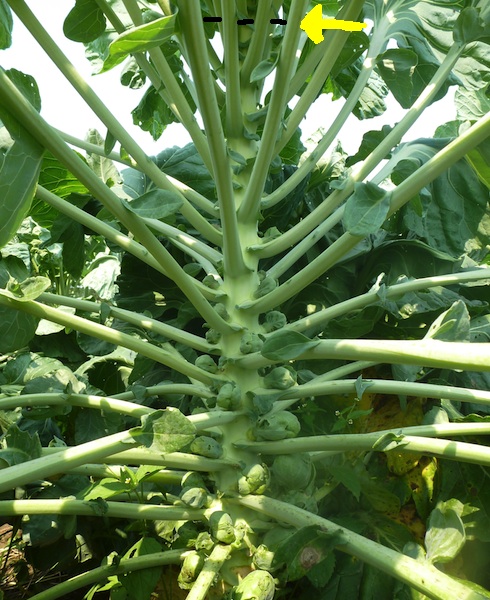

- PLANT SPROUT SERIAL
- PLANT SPROUT FULL
Alternatively, you can use a 5-gallon bucket that has drainage holes drilled in the bottom. A large plant generally will require a pot at least 1 foot in diameter. Keep the plant watered well until it becomes established.Ĭontainers work well for growing lemongrass.

If you have more than one plant, place them 3 feet apart.Water the lemongrass well, remove it from its pot, and plant it in the ground at the same depth at which it grew in the pot.If you suspect that your soil isn’t fertile enough or is too heavy, dig at least a couple of inches of compost into it before you set out your plant.

East Indian lemongrass, on the other hand, prefers acidic soil with a pH between 5 and 5.8. The West Indian grass isn’t picky and can thrive in almost any garden bed with a pH between 5 and 8.4.
PLANT SPROUT FULL
Where can lemongrass grow?Ĭhoose a position in full sun with light, well-draining, fertile soil. If you are moving an indoor plant outdoors, gradually acclimate it to outdoor conditions by placing it in shade first and exposing it to a little more sun each day. Plant lemongrass in late spring after your last frost date when nighttime temperatures are consistently above 40 degrees Fahrenheit. Photo: When is the best time to plant lemongrass? Planting lemongrass in the garden is optional, since you can leave it in a large pot all year round, if you prefer. albescens: The “white” East Indian variety lacks the ruddy coloring of the red type and is considered inferior for oil production. flexuosus: This East Indian variety is seedier in nature than the West Indian type, has red stems and leaf sheaths, and reportedly makes the best lemongrass oil, but it can become invasive in zones where it is hardy.
Cymbopogon citratus: The most commonly grown culinary variety, this West Indian type is-according to Logee’s Greenhouses-“larger and more flavorful” than the East Indian species. The blooms of the East Indian type are described by the Leon Levy Native Plant Preserve as “highly modified without identifiable structures such as the calyx or corolla.” Grown for their foliage rather than those flowers, lemongrasses are both insect- and snake-repellent plants. “Evergreen” may be the wrong description, though, since the foliage of West Indian lemongrass reddens in autumn and winter, while the East Indian type has red stems and leaf sheaths year- round. Although the rhizomes may survive winters as far north as USDA Zone 8b, the grass generally will only remain evergreen in zones higher than 9. Its arching and serrated blue-green leaves vary in width from ½ inch to 1 inch. The lemongrass plant grows from rhizomes and reaches 3 feet when raised as an annual and up to 6 feet under favorable conditions. Use distilled or spring water instead.Photo: Lemongrass Characteristics Finicky plants like orchids need higher quality water, since they're sensitive to chemicals found in tap water. Keep seedlings constantly moist until they sprout several inches above the soil. Seedlings generally need more water than adult plants. They need to dry out completely between waterings. Succulents and other plants acclimated to dry regions usually need less water than plants from wetter regions. Make sure that the pots you use have good drainage or the roots may get what is called "wet feet." This can have a negative effect on your plant. Avoid flooding the plant with too much water. Pour in enough water so that a little comes out the hole in the bottom of the pot. In most cases, you should water your plants when the soil is slightly dry.  Aside from doing research to find out how much water your plants need, here's a trick to help you tell when and how much to water: stick your finger in the dirt about an inch or so. This is true for certain plants, but too much water can kill other plants. Many first-time gardeners or potted plant owners water plants more than necessary, believing that the more water the plant gets, the better. They either water too little or too much.
Aside from doing research to find out how much water your plants need, here's a trick to help you tell when and how much to water: stick your finger in the dirt about an inch or so. This is true for certain plants, but too much water can kill other plants. Many first-time gardeners or potted plant owners water plants more than necessary, believing that the more water the plant gets, the better. They either water too little or too much. PLANT SPROUT SERIAL
Watering can cause perfectly lovely people to become serial plant killers. Water the plants only as often as needed.








 0 kommentar(er)
0 kommentar(er)
